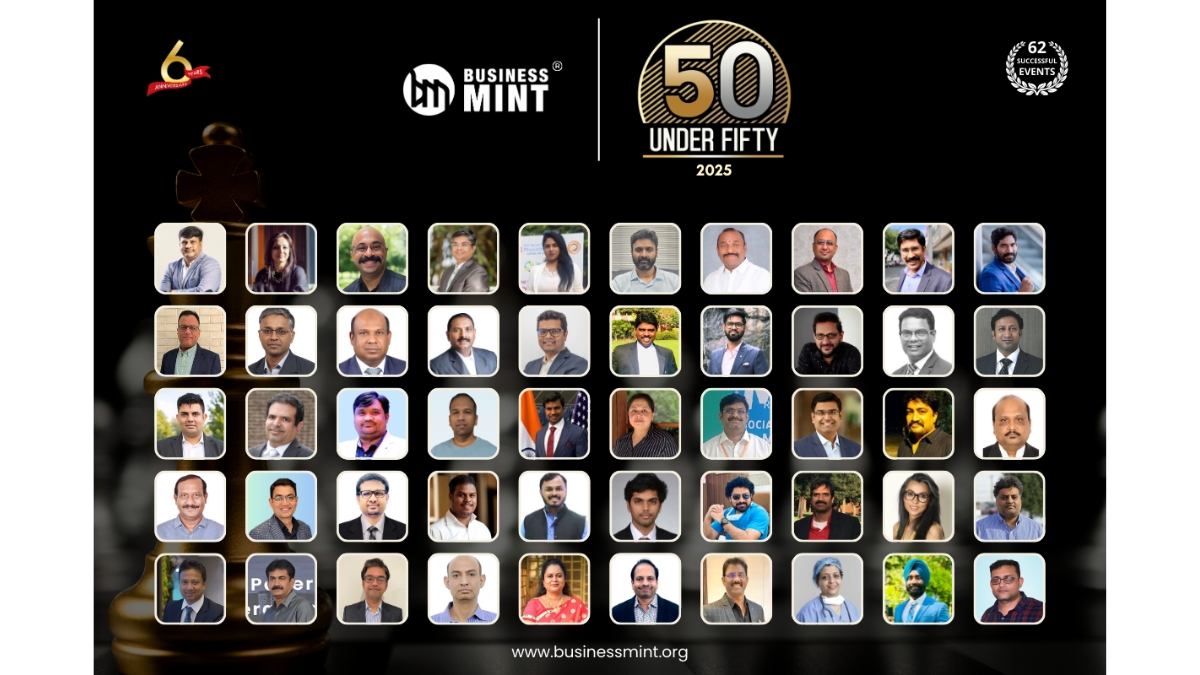The Promise of Startup Pivot

Opinions expressed by Entrepreneur contributors are their own.
You’re reading Entrepreneur India, an international franchise of Entrepreneur Media.
Twitter pivoted from an audio podcast platform to a social network. Slack pivoted from a multiplayer online gaming platform called Glitch to an enterprise messaging app. Instagram was a location-based check-in service called Burbn. All of them went on to become multi-billion dollar companies.
Timely pivots have turned out to be a turning point for startups the world over. There is no dearth of inspiring stories of companies that embraced a pivot and made it big. Still, even today, many startups do not take the right pivot at the right time, which could have not only saved their businesses but helped them scale faster.
Why do startups hesitate to pivot?
Fear of failure and emotional attachment to the original idea are the two main reasons behind startup founders’ hesitation to pivot. “They fear the potential risks associated with making significant changes to their business model. They might be concerned about losing their existing customer base, market position, or investment,” said Gaurav VK Singhvi, co-founder, We Founder Circle.
Also, founders invest a lot of time, effort, and resources into their initial vision, so much so that for many of them it becomes tough to embrace a pivot. “Founders often find it difficult to let go of the deep-rooted attachment to their original idea. Then there are concerns about damaging reputation and investor confidence,” said Surya Mantha, managing partner, Unitus Ventures.
Pivoting is a matter of survival for startups. Still, sometimes they lack a deep market understanding. “The world is evolving very rapidly today. Technology is driving huge change but even markets or macro situations are changing. The pandemic is one such example. Pivoting, however, is not easy: it’s a complete overhaul. Re-gearing the business model, changing the product, regearing teams, the requirement for funds, and at times almost restarting,” said Padmaja Ruparel, co-founder IAN and founding partner IAN Fund, while adding that pivoting, in effect, is baptism by fire for founders and those that come out on the other side, are far more resilient to the future and can build a more substantial business for the long term.
Another issue is deciding whether perseverance will work or not because often entrepreneurship is synonymous with a ‘never give up’ attitude. “All startups have to go through initial challenges and many successful startups are a result of sheer passion and persistence by their founders – so how does a founder decide that it is time to stop persisting and start building something different? It is not simple,” said Nupur Garg, founder, Winpe.
“The other extreme is to be caught in the false consensus trap where founders are projecting their own confidence on their product to potential customers and overestimate the acceptance, and success in the market,” added Ivy Chin, partner, Inflection Point Ventures.
Garg believes that in these situations, investors have a significant role to play. Good investors bring an experienced understanding of the market and a wide perspective of the opportunities/ potential for the concerned tech/ concept/ idea. “They are expected to be the voice of sanity in the mad chaos of building a start-up, helping founders objectively review their learnings and listen to market feedback,” she said.
The importance of a timely pivot
Rapidly evolving market dynamics demand that startups remain nimble and adaptable. But timing is critical. “Recognizing when to pivot is crucial, as a delayed decision can exacerbate challenges and limit opportunities for growth,” said Mantha.
Pivoting is a structured way of reaching the right product-market fit as well. A timely pivot allows them to address evolving customer needs, preferences, or pain points. “Most startups successfully use this as a growth hack, when they launch the product/solution and keep adapting to the customer feedback. Sometimes this means completely changing the business model. But some of the startups got so fixated with their product or business model that they kept on pushing their vision without taking the market feedback positively and changing accordingly. They end up utilizing all resources and eventually fail,” said Singhvi.
Overall, pivoting allows them to adapt to changing market conditions, overcome challenges, and seize new opportunities that may have emerged since their initial launch.
Gaurav VK Singhvi, co-founder, We Founder circle also shares the key things to look at before taking a winning pivot.
Things to consider before pivoting
- Market research and analysis: Conduct thorough market research to identify emerging trends, customer needs, and potential opportunities. Understand the competitive landscape and assess the viability of a pivot in the current market conditions.
- Customer feedback: Gather feedback from existing and potential customers to understand their pain points, preferences, and expectations. Use this information to evaluate the potential success of a pivot and ensure alignment with customer needs.
- Resource evaluation: Assess the resources, capabilities, and expertise required to execute the pivot successfully. Consider the financial implications, skill gaps, and potential impact on the existing team and infrastructure.
- Strategic planning: Develop a clear and comprehensive strategic plan for the pivot, including objectives, target market, value proposition, competitive positioning, and a detailed execution roadmap.
- Risk assessment: Evaluate the potential risks and challenges associated with the pivot, such as market acceptance, customer acquisition, operational changes, and potential disruption to existing revenue streams. Develop contingency plans to mitigate these risks.

Atul Tiwari is a seasoned journalist at Mumbai Times, specializing in city news, culture, and human-interest stories. With a knack for uncovering compelling narratives, Atul brings Mumbai’s vibrant spirit to life through his writing.





